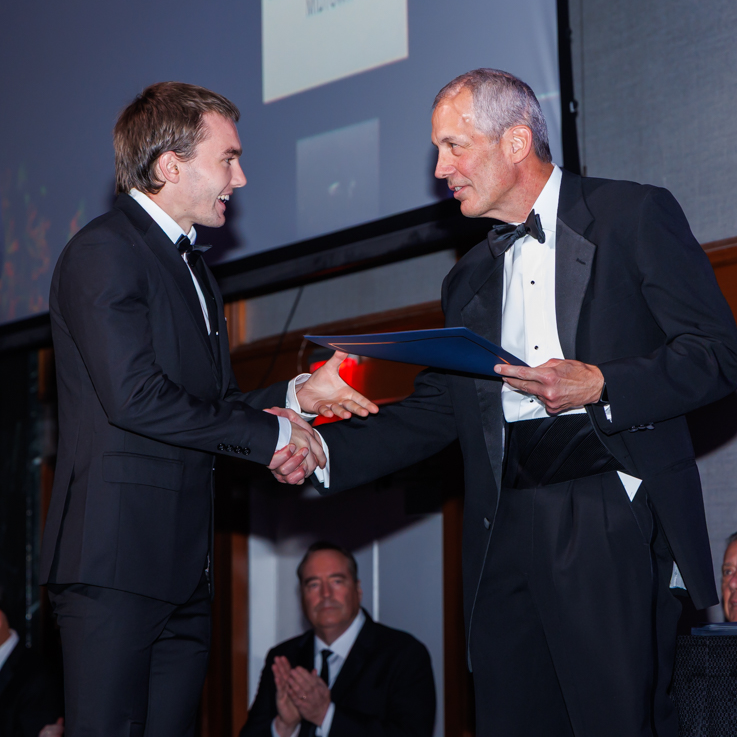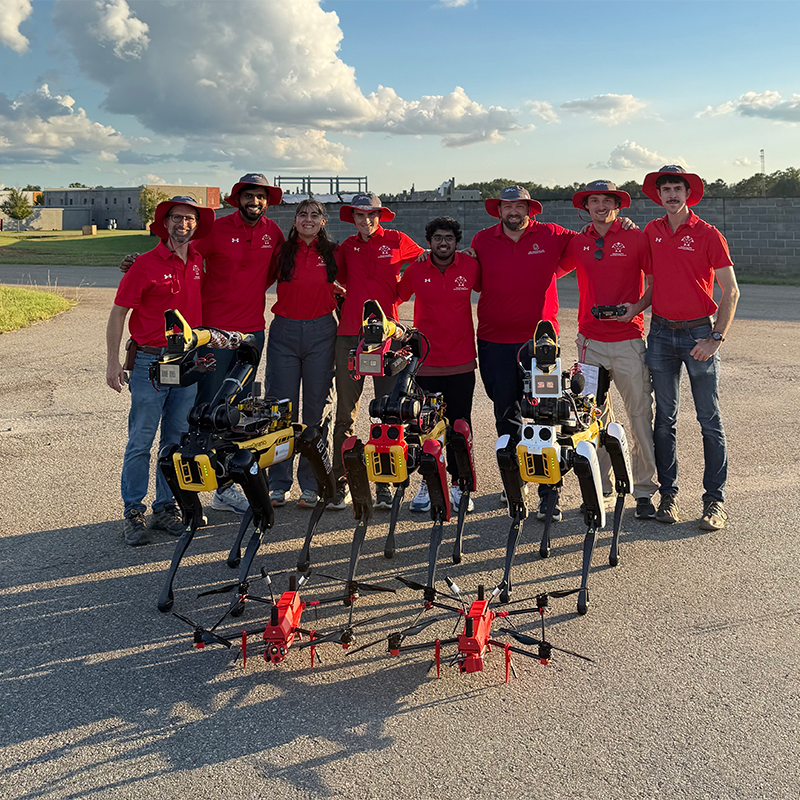News Story
Flatau is PI for NSF grant on rare-earth-free auxetic and magnetostrictive materials
ISR-affiliated Professor Alison Flatau (AE) is the principal investigator for a three-year, $454K NSF Collaborative Research grant, The Role of Surface-Energy on Texture Development in Rare-Earth-Free Auxetic and Magnetostrictive Materials.
This research will lead to the understanding needed to achieve the performance capabilities of costly single-crystal alloys in low-cost polycrystalline alloys. Models of atomic structure and energy-based models of crystal growth processes will be used to gain insights into how to control and target the selective growth of desired crystals at the expense of crystals with less favorable mechanical and/or magnetostrictive properties.
The iron-aluminum and iron-gallium alloys that are one focus of this project have been targeted because of preliminary results that suggest they are good candidates for a sustainable alternative to magnetostrictive alloys used in industrial and defense applications that contain rare-earth elements like Terbium and Dysprosium.
This research aligns well with the need for advances in the development of sustainable materials, as it focuses on methods for processing magnetostrictive alloys that allow earth-abundant, inexpensive and benign chemicals to be used as a replacement for expensive critical materials, the rare-earth elements that are both significantly more costly and significantly less abundant in the Earth's crust.
The iron-aluminum and iron-gallium alloys to be studied are highly-auxetic, a mechanical property that is generally found in polymers but rarely in metals. The potential for high industrial impact of a structural auxetic alloy exists, as studies of non-structural auxetics (i.e. polymers) indicate that auxeticity can be used to enhance resistance to fracture and indentation.
Published August 15, 2013












